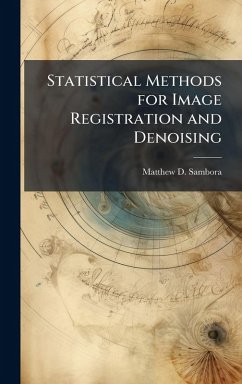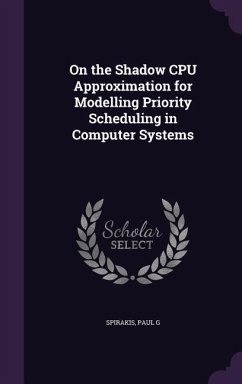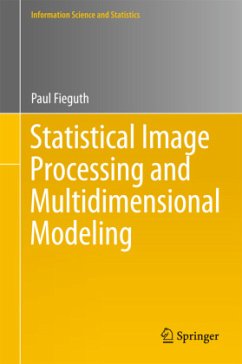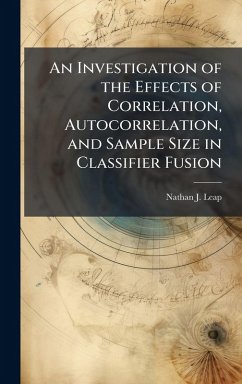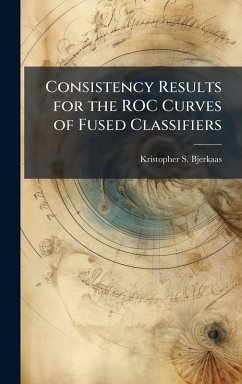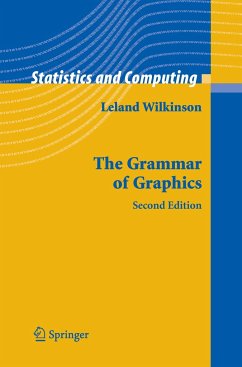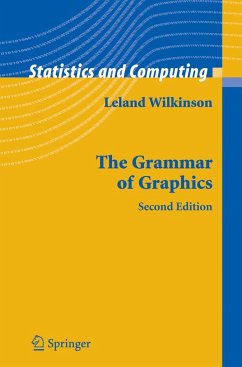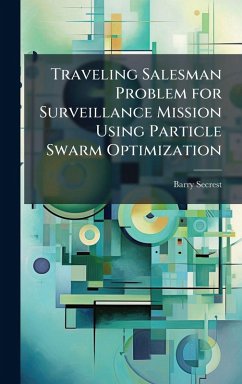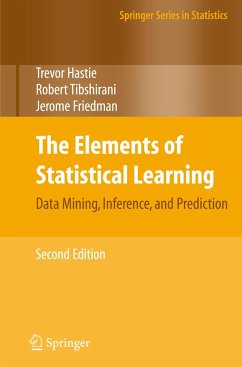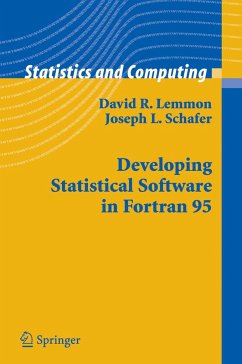
Statistical Removal of Shadow for Applications to Gait Recognition
Versandkostenfrei!
Versandfertig in über 4 Wochen
27,99 €
inkl. MwSt.
Weitere Ausgaben:

PAYBACK Punkte
14 °P sammeln!
The purpose of this thesis is to mathematically remove the shadow of an individual on video. The removal of the shadow will aid in the rendering of higher quality binary silhouettes than previously allowed. These silhouettes will allow researchers studying gait recognition to work with silhouettes unhindered by unrelated data. The thesis begins with the analysis of videos of solid colored backgrounds. A formulation of the effect of shadow on specified colors will aid in the derivation of a hypothesis test to remove an individual's shadow. Video of an individual walking normally, perpendicular ...
The purpose of this thesis is to mathematically remove the shadow of an individual on video. The removal of the shadow will aid in the rendering of higher quality binary silhouettes than previously allowed. These silhouettes will allow researchers studying gait recognition to work with silhouettes unhindered by unrelated data. The thesis begins with the analysis of videos of solid colored backgrounds. A formulation of the effect of shadow on specified colors will aid in the derivation of a hypothesis test to remove an individual's shadow. Video of an individual walking normally, perpendicular to the camera will be utilized to test the algorithm. First, the algorithm replaces shaded pixels, pixel values determined to be shadows, with corresponding pixels of an average background. A hypothesis test will be employed to determine if a pixel value is a shaded pixel. The rejection region for the hypothesis test will be determined from the pixel values of the frames containing a subject. Once the shaded pixels are replaced, the resulting frames will then be run through a background subtraction algorithm and filtered, resulting in a series of binary silhouettes. Researchers can then utilize the series of binary silhouettes to accomplish a gait recognition algorithm. This work has been selected by scholars as being culturally important, and is part of the knowledge base of civilization as we know it. This work was reproduced from the original artifact, and remains as true to the original work as possible. Therefore, you will see the original copyright references, library stamps (as most of these works have been housed in our most important libraries around the world), and other notations in the work. This work is in the public domain in the United States of America, and possibly other nations. Within the United States, you may freely copy and distribute this work, as no entity (individual or corporate) has a copyright on the body of the work. As a reproduction of a historical artifact, this work may contain missing or blurred pages, poor pictures, errant marks, etc. Scholars believe, and we concur, that this work is important enough to be preserved, reproduced, and made generally available to the public. We appreciate your support of the preservation process, and thank you for being an important part of keeping this knowledge alive and relevant.



